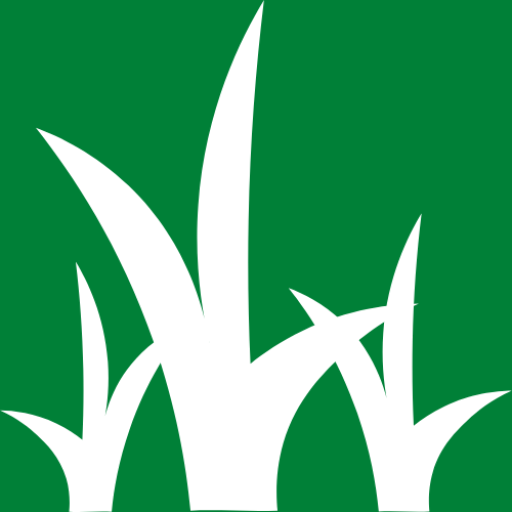When it comes to lawn care, there are a few different options to choose from: seeding, sodding, or hydroseeding. So what’s the difference? And which option is best for your home? In this article, we will explore the benefits of sod lawns over seeding. Sod is made up of real grass that is grown in a nursery and then delivered and installed on your property. Seed, on the other hand, is made up of grass seedlings that you have to water and fertilize yourself. So which option is better? Let’s take a closer look!
Tell me the meaning of sodding?
Sodding is the process of laying grass seedlings on a lawn. Grass seedlings are grown from seeds and can be bought at most home improvement stores or online retailers. They come in different varieties depending on what type of climate they grow best in; for example, some sod types require more water than others while still being able to thrive in the sun. When sodding a lawn, it’s important to make sure the soil is prepared correctly and that there is enough space for the new sod to grow.
Sodding is also known as turf, which is a common term used in the United States when referring to sod.
What is seeding?
Seeding is the process of planting seeds. The most common type of seed used for seeding lawns are grass seeds, but they can also be herb or flower seeds too!
The main difference between sod and seed is that when you use sod on your lawn it will grow faster than if you were using just the seed alone; however, it can take up to two years before your lawn will look like it has been seeded.
When seeding a new lawn there is no need to prepare the soil because the right seed are small enough they don’t require any digging or tilling before planting them down into dirt and water so all you have to do after spreading out grass seedlings is wait for them to grow.
Tell me the difference between seed and sodding?
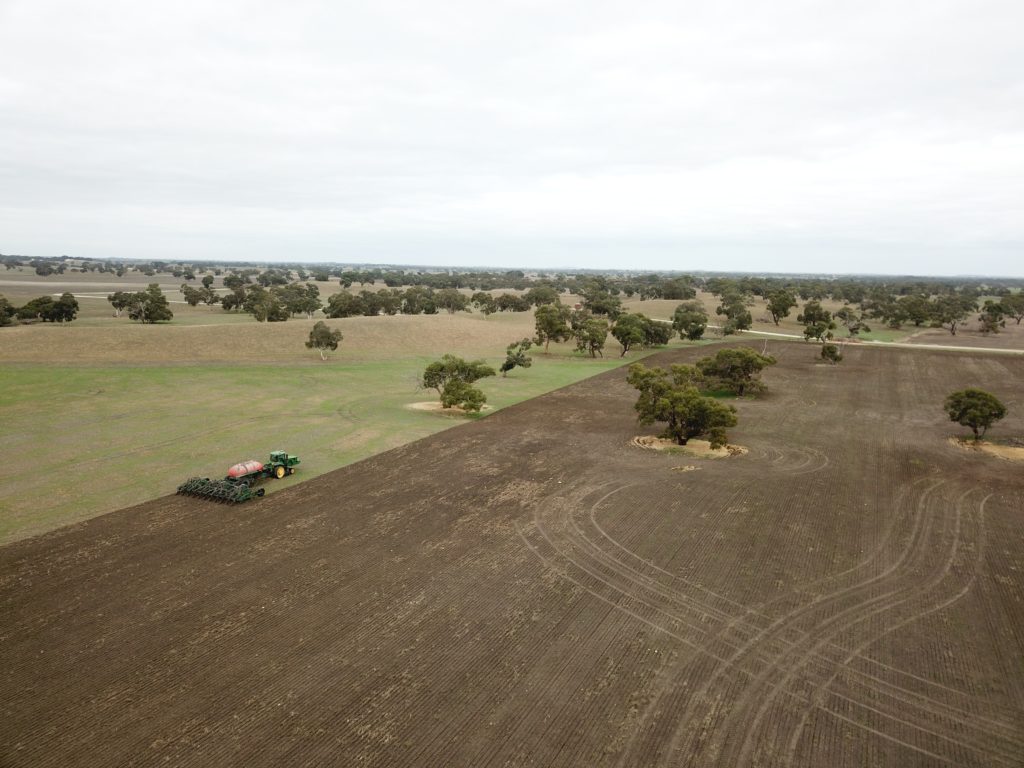
The main difference between seed and sodding is that seeding requires more work on the part of the homeowner. With seed, you have to water and fertilize the grass seedlings yourself until they grow big enough to be mowed. Laying sod is a process where the grass seedlings are delivered and installed on your property. So which option is better? Sod or seed.
Let’s take a closer look at sod vs seed to know!
Sod Vs Seed
– Sodding is a quick and easy way to get a lush awn; it can be done in one day, compared to seeding which can take weeks.
– Sodding is more expensive than seed but has fewer maintenance costs associated with it over time; you don’t have to water or fertilize your lawn as often when using sod instead of grass seedlings.- Sodding also tends to be healthier and better at resisting drought conditions since the roots are already established, which means there’s less chance of the grass dying off during hot weather.
– it is better at resisting weeds because they don’t have any seeds that could germinate into new plants; this means you won’t need herbicide as often.- Unlike seed, when you are laying sod you can do it in a variety of patterns and designs to create different effects like stripes or circles on your lawn.- Sod requires less maintenance than seeding because it doesn’t need fertilizing; the grass seedlings don’t have any seeds that could germinate into new plants.
– Sodding also tends to be healthier and better at resisting drought conditions since the roots are already established, which means there’s less chance of grass dying off during hot weather.
is sod worth choosing?
The answer is a resounding yes! Installing Sod lawns offer many benefits They are the perfect option for anyone looking to install a lawn quickly and easily.
One benefit of sod is that it’s quick and easy; you can have your lush yard in one day, compared to seeds which can take weeks. Sod is more expensive than seed but has fewer maintenance costs associated with it over time; you don’t have to water or fertilize your sod as often when using grass seedlings.- Sodding also tends to be healthier and better at resisting drought conditions since the roots are already established, which means there’s less chance of grass dying off during hot weather.
Another benefit of laying sod is that it’s weed resistant. Weeds can be a huge hassle to deal with and can often overtake a lawn if left untreated. You don’t have to worry about this problem because the grass is already established and there are no seeds for new weeds to grow.
Advantages of Sod Lawns:
-Quick and easy to install :
There is no need for seeds with Sod lawns
-Weed resistant
There are no seeds for new weeds to grow.
-Less maintenance:
It requires less water than most other types of lawns, so it’s easier on you and your wallet in the long run.
-Healthier grass:
Because sod has already been growing when installed, there’s less chance of it dying off during hot weather.
-Better drainage:
It helps prevent flooding by absorbing water and allowing it to drain into the soil below instead of pooling on top of your lawn.
-Fewer pests:
With sod, you don’t have to worry about dealing with pesky insects like grubs or moles because they won’t be able to make their way through the roots.
-Disease resistant:
Sod is less likely than grass seedlings or plants because they don’t have any seeds that could germinate into new plants.
Disadvantages of Sod Lawns:
-Expensive :
It’s more expensive than most other types of lawns.
-Can be difficult to find :
Sod is not as readily available as grass seed, so you may have to search around for a supplier.
-Requires delivery and installation:
Unlike grass seed, sod needs to be delivered and installed by a professional.
Soil Preparation
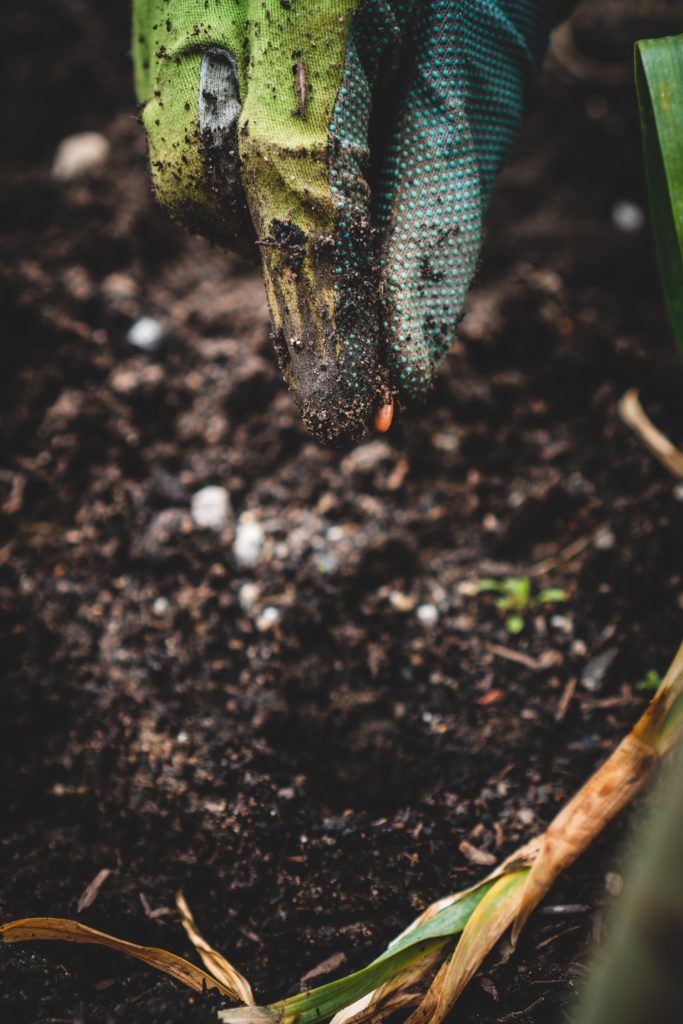
One thing that is important when sodding your lawn is soil preparation. Sodded grass needs a specific type of soil in order to thrive and grow into lush green turf. You’ll need to do some research on what kind of dirt you have so as not too put down the wrong type for your area (i.e., sandy soil in coastal areas won’t work well for sod).
If you don’t have the right soil type, you can always amend it by adding organic matter like compost or peat moss. You’ll also need to make sure the area is leveled out and free of any rocks or debris before installing the sod.
It’s important to take these preparatory steps so that your sod will have a good chance at surviving in its new environment.
Appearance
Sod gives you a new garden in less than a day with a minimum amount of fuss, and is perfect for slopes or difficult areas where seeds would be unsuccessful. Sodding also allows you freedom to choose the grass type and color that will work best for your home and climate.
Sod comes in rolls that are 12-18 inches wide and about 50 feet long.
Maintenance
Once your sod is in place, the only regular maintenance you’ll need to do is water it for the first 2 weeks or so, until the roots have taken hold. After that, you can leave your lawn alone and enjoy its beautiful green hue.
Installation and costs
Sod is more expensive than seeds, but it’s also much faster. You could have a new lawn in less than two weeks with little effort on your part! sod can prove to be a winner for many reasons.
– They come pre-grown so there are no seeds to plant.- They also need specific types of soil and water conditions that may not be available in your area.
– They must be installed quickly and cannot be walked on for a few days after installation.
-You will need to water your lawn for the first two weeks or so, until the roots have taken hold.
Erosion Control
One more thing to consider when deciding whether or not to sod your lawn is erosion. If you have a problem with soil runoff or water erosion, then sod may be the best solution for you.
They help to anchor the soil and prevent it from being washed away by rain or wind. It’s a great option for homeowners who live in areas that are prone to flooding or hurricanes.
They also offers many benefits over seeding and is a great option for homeowners who want a beautiful lush lawn with little effort. Just be sure to do your research on soil preparation and installation so that you get the best.
Season change and Sod
Fall is the best time of year to install new sod, as cooler weather and rain help it root faster than hot summer sun. The soil should be moist but not too wet when you lay down your turf, so if there’s any chance of rain in forecast that day it might be better off waiting till next week!
Watering Sod
When you first install sod, it is important to water it frequently for the first two weeks in order to help the roots take hold. After that, you can reduce the amount of watering but should continue to water your lawn regularly during times of drought. Overwatering can be just as harmful as under-watering, so make sure to water only when needed and not on a regular schedule.
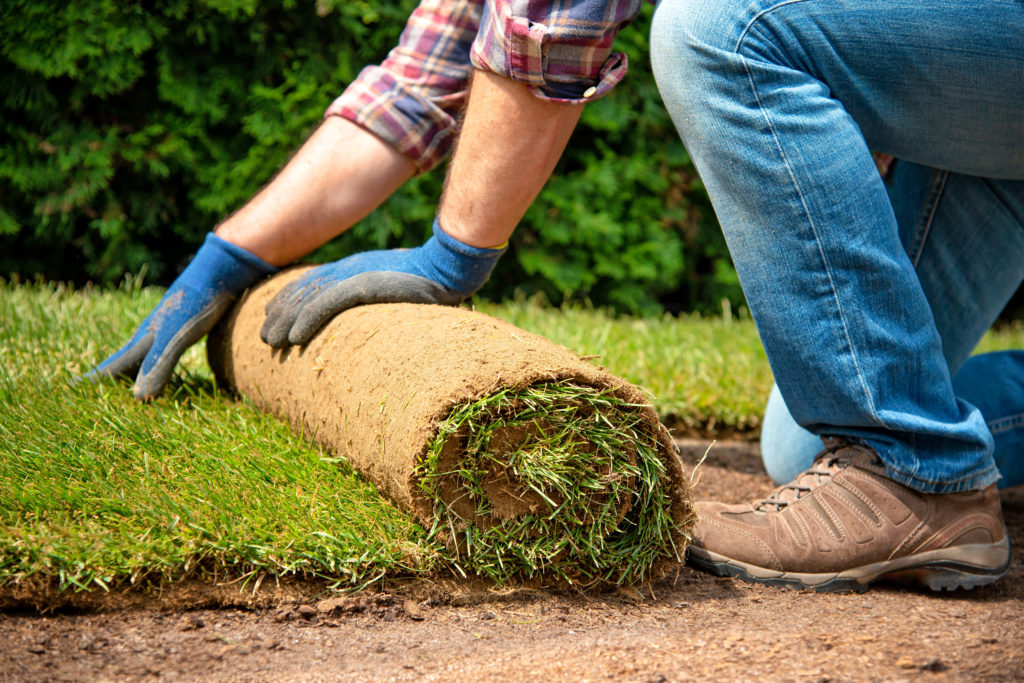
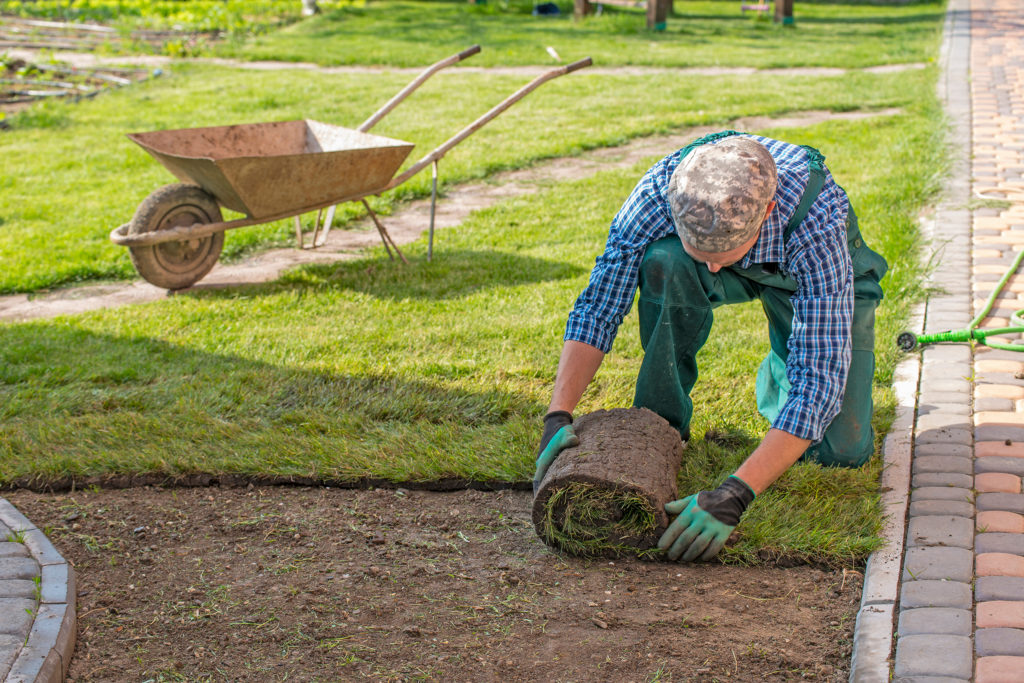
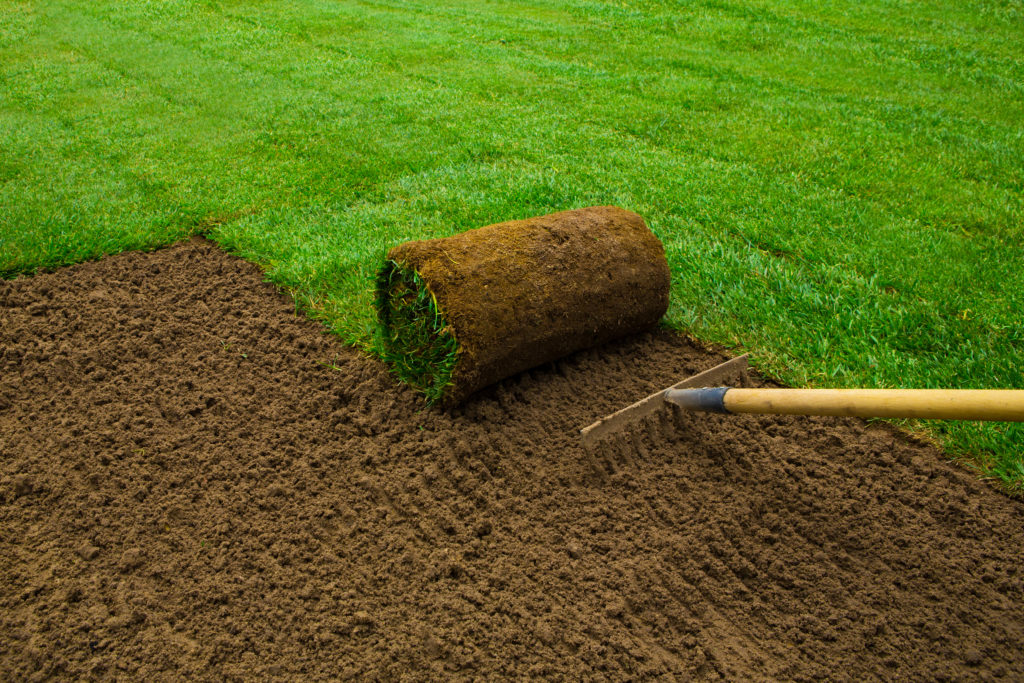
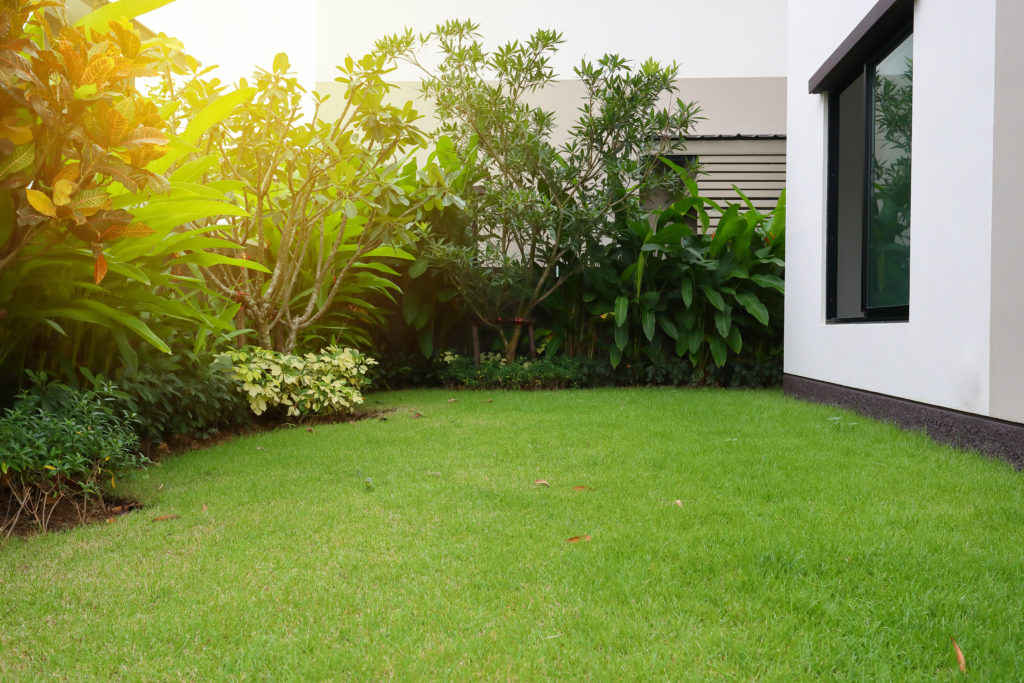
Conclusion
From the above points we can see that there are a lot advantages to install a sod when compared to growing our own lawn through the seeding process. In short installing a sod can save us time, energy and they are also easy to maintain. Also, sod gives us uniform and a pest free greenery.
